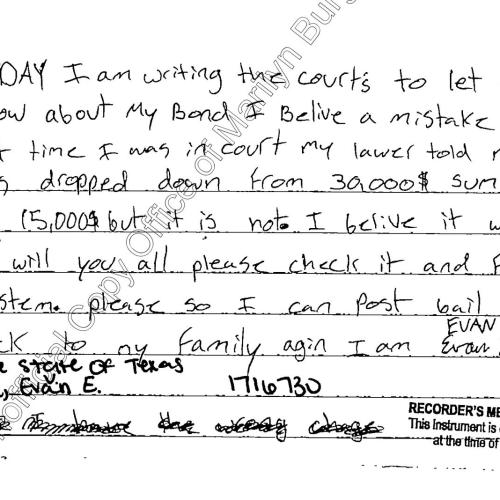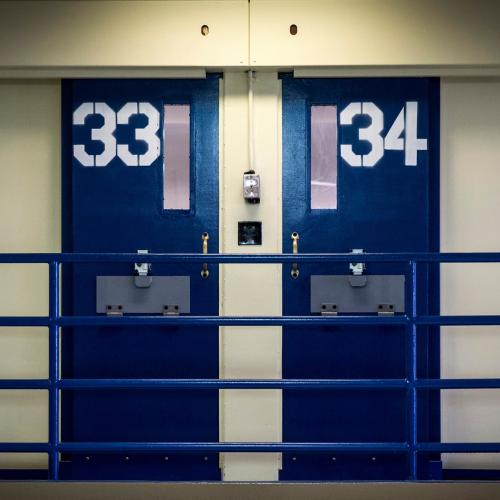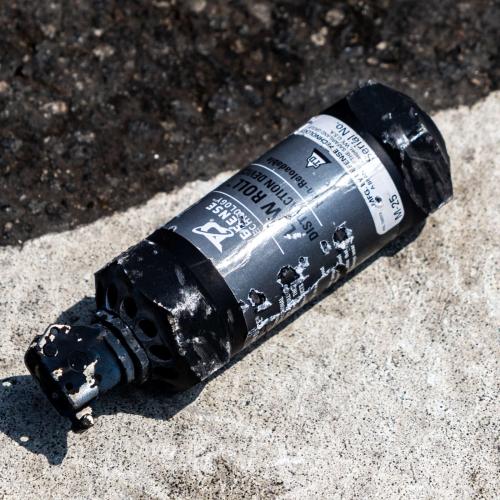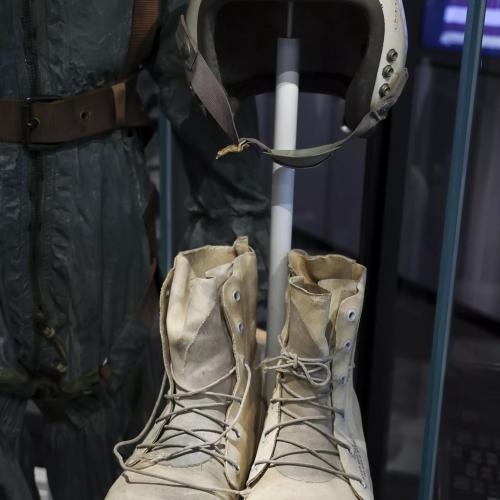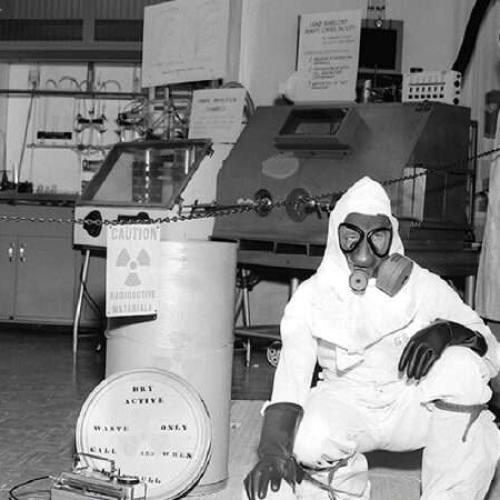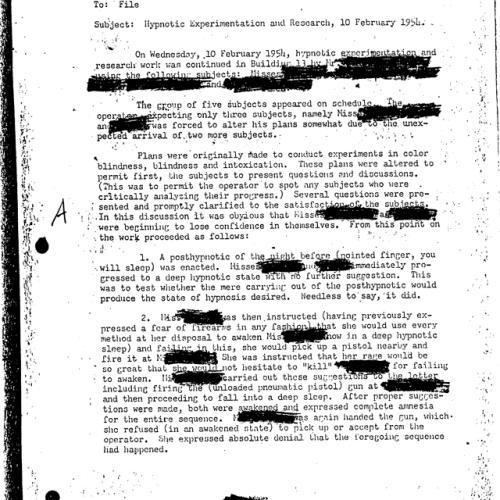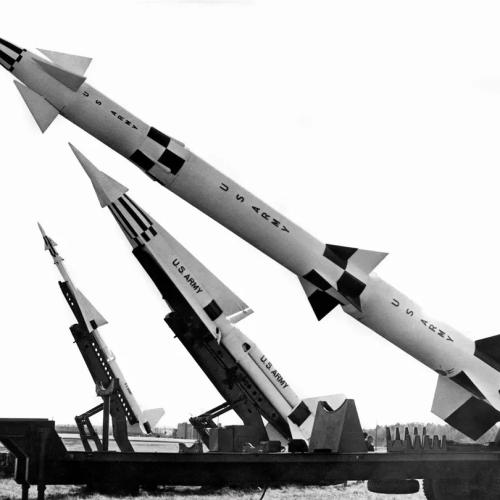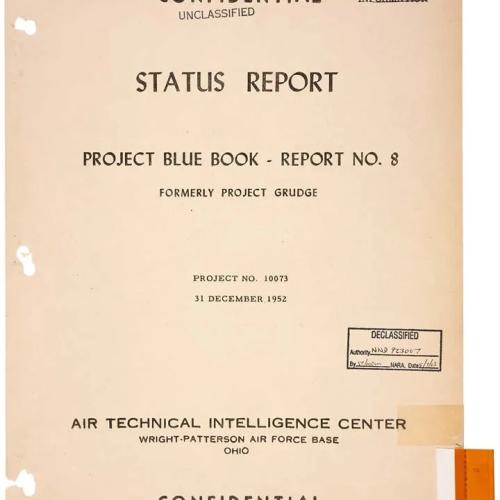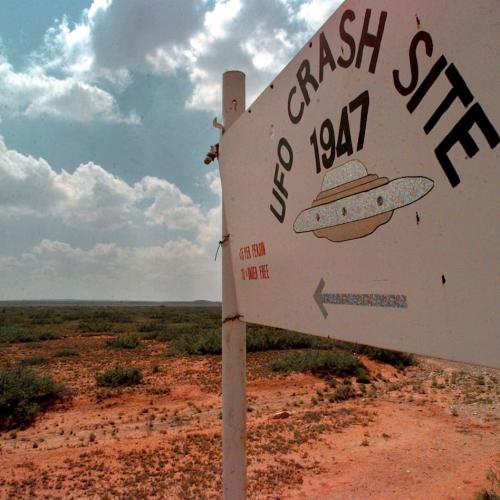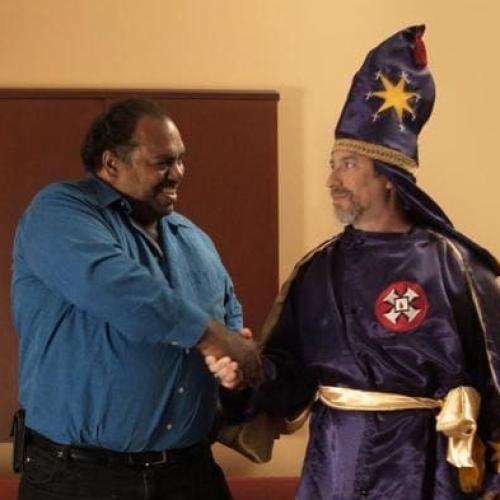Related Stories
The Search For Alien Technology May Have Actually Found Something
Key Excerpts from Article on Website of The Debrief
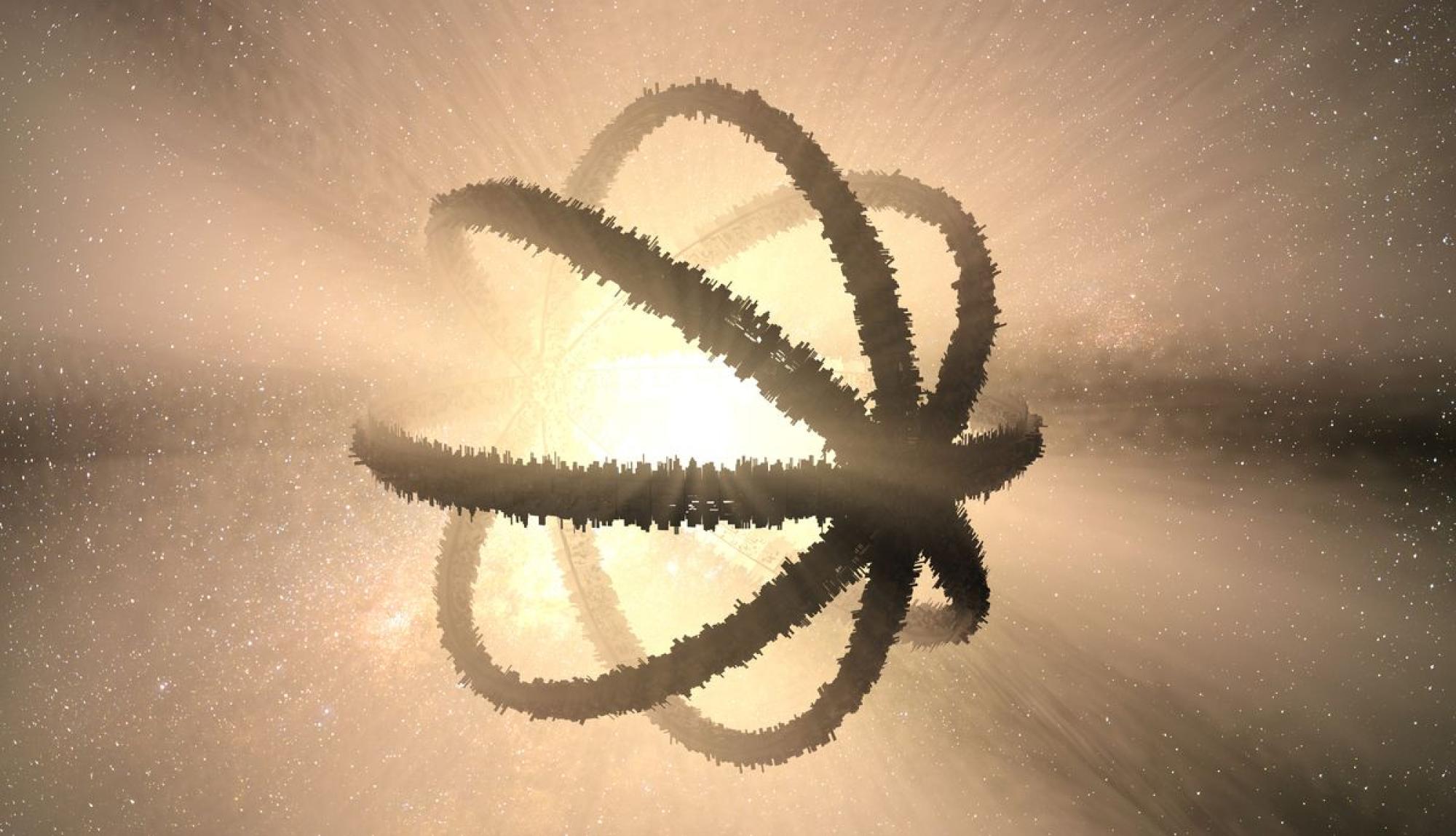
Posted: July 11th, 2024
https://thedebrief.org/the-search-for-alien-technology-may-h...
Astronomers scanning distant star systems for signs of alien technology say they have found 60 candidates, including seven M-dwarf stars giving off unexpectedly high infrared heat signatures, which may be surrounded by orbiting extraterrestrial power plants known as Dyson Spheres (DSs). First proposed by theoretical physicist Freeman Dyson back in 1960, confirmation of these aptly named devices would not only represent the first verifiable signs of life beyond Earth but would likely indicate a species that is more technologically advanced than humans. Since humanity’s most powerful telescopes cannot image objects orbiting distant stars directly, researchers ... knew they would have to analyze light spectrum data emitted by millions of stars across the galaxy to search for signs of alien technology. In the case of Dyson Spheres, the team would need to look for an ‘unnatural’ imbalance between the visible light and the infrared light emitted by a distant star. As proposed by Dyson, the more technologically advanced a species becomes, the more energy it needs. If they become advanced enough, a species could, in theory, surround an entire star with a “sphere” designed to capture all of its emitted energy. The sphere would radiate an excess of heat energy in the infrared spectrum as it captures the star’s radiated energy and then releases it into space. In their published study [they explain:] “Dyson spheres, megastructures that could be constructed by advanced civilizations to harness the radiation energy of their host stars, represent a potential technosignature that, in principle, may be hiding in public data already collected as part of large astronomical surveys." Dubbed Project Hephaistos (named for the armorer of the Greek Gods), the effort [examined] data from over one hundred million stars. As hoped, the effort ... not only found 60 stars that had the right light ratios, but seven of these were particularly tantalizing, with IR heat signatures that lacked any other good explanation.
Note: Explore more stories about the nature of reality.
Related Stories
Top Inspiring News Articles
Top Inspiring News Articles from Years Past





















